| The Very Highest Quality Coins... |
| The Story of the Fifty Pence Piece |
|

|
|
|
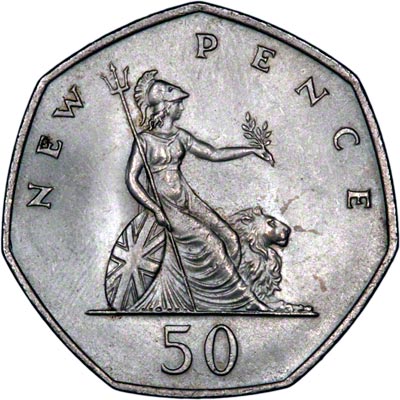
|
|
|
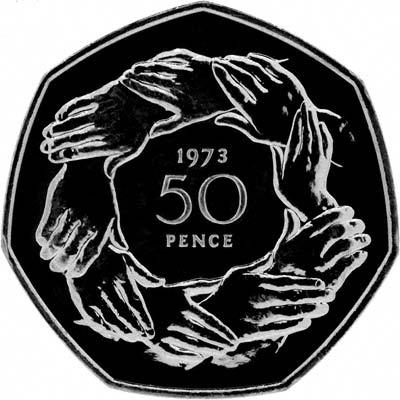
|
|
|
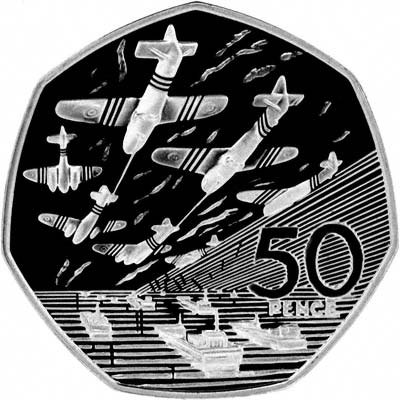
|
|
|
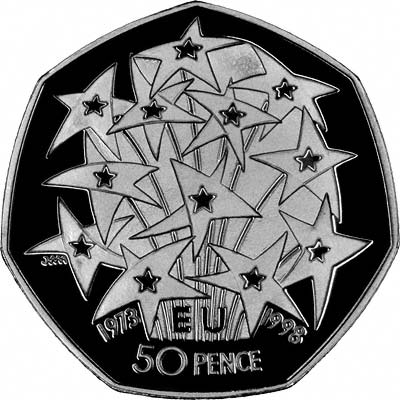
|
|
|
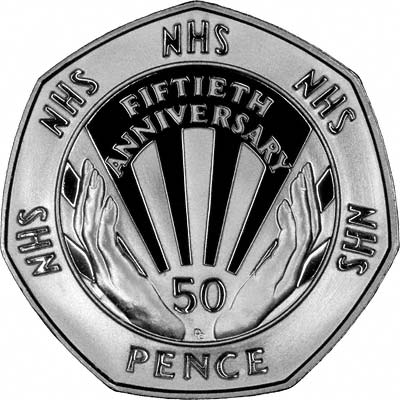
|
|
|
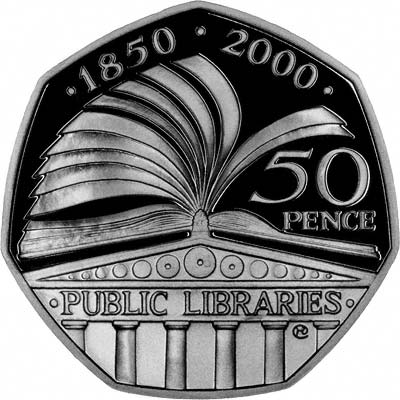
|
|
|
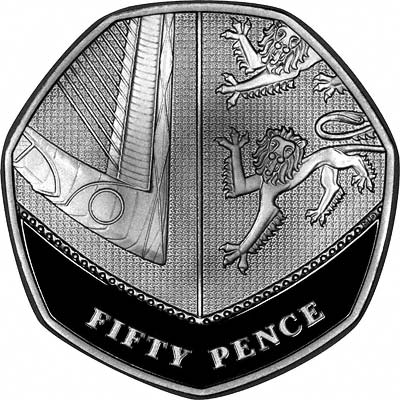
|
The fifty pence evolved from the half sovereign, which was first issued in 1544 in the reign of Henry VIII.
The original value of the half sovereign was ten shillings. We recount the story of the sovereign on our sovereign story page, and of the half sovereign on our half sovereign story page.
Silver half pound coins had also been issued between 1559 and 1646.
The last coins of the old £sd system to be issued for circulation were dated 1967, and the first decimal coins were 10 and 5 pence coins dated 1968, which were the direct equivalent of the florin and shilling.
A New Coin With An Ancient Pedigree
The first 50 pence issued was dated 1969, and was equivalent to ten shillings.
The half sovereign had last been issued in 1926, and ten shilling banknotes had been introduced following the passing of the Currency and Bank Notes Act on 5th August 1914.
The last ten shilling notes were issued on or about the 15th February 1971, and no fifty pence notes were issued, so that the fifty pence coin effectively replaced the ten shilling note.
Inflation and the reduced purchasing power of the ten shilling note, had led to the life span of the note being only about 6 months, and it had become too expensive to continue to use such a low value note.
Coins, being made of metal, frequently endure a century in circulation.
Rule Britannia
The design chosen to be used on the new fifty pence needed to be familiar yet distinctive. Britannia was chosen as the motif on its reverse, and this seems to have been a good choice. Britannia had appeared for the first time almost 2,000 years previously on Roman coins of Hadrian, and she had appeared regularly on British coins for over 400 years since 1672, and used on all British pennies issued between 1797 and 1967. Britannia became a link between the familiar tradition of the old £sd coinage and the new decimal system.
The new version of Britannia for the fifty pence was designed by Christopher Ironside.
We tell the Story of Britannia on her own page.
Equilateral Curve Heptagon
Another distinctive feature of the new fifty pence at its introduction in 1969, was its shape. It was the world's first equilateral curve heptagon. There may have been previous seven-sided coins, we can't remember, but the curved sides of the fifty pence are calculated so that the diameter at any point on the coin is the same.
No Longer "New"
When first introduced, like all the new decimal coins, the value of the fifty pences was designated as "new pence" rather than "pence", to help differentiate between old and new pence.
The "new" label continued until 1981, and from the 1982 issue, the word "new" was discontinued.
The only coin to have broken this convention was the 1973 fifty pence, the reverse inscription of which merely said "1973 FIFTY PENCE", having omitted the word "NEW" nine years before any other denomination.
Downsizing
In 1997, the fifty pence was reduced in size and weight, although coins of both sizes were issued in that year.
The larger size coin was withdrawn from circulation as from midnight on February 28th 1998.
The diameter was reduced from 30.00 mms. to 27.30 mms., and the weight was reduced from 13.5 grams to 8.00 grams.
Inflation, and production costs of coins, had seen the introduction in 1982 of a new twenty pence coin, followed by a new pound coin in 1983 to replace the pound note.
The shrinking of the fifty pence was part of the trend towards smaller and lighter coins. At the time, as most changes, this was generally criticised, but most people now appear to generally prefer the newer smaller sized coins.
Commemoratives
A commemorative fifty pence was issued in 1973 to mark Britain joining the European Economic Community, and from 1992, the fifty pence has been increasingly used to commemorate special events, particularly with European connections.
The latest commemorative issue is to mark the 150th Anniversary of the Public Libraries Act in 1850.
Gold Fifty Pences
Many of the commemorative fifty pences have been issued in gold proof versions. In 2002, a gold proof fifty pence was issued using the standard Britannia reverse design as part of the Golden Jubilee gold proof set.
Order Form
If you want to find the value of a coin you own, please take a look at our page I've Found An Old Coin, What's It Worth?
If you have an enquiry about any of our 50 Pence Pieces, we'd be happy to answer you, but please note it may be quicker to telephone us. Please see the Contact Us page of our website.
| ...at the Lowest Possible Price |
|
32 - 36 Harrowside, Blackpool, Lancashire, FY4 1RJ, England. Telephone (44) - (0) 1253 - 343081 ; Fax 408058; E-mail: The URL for our main page is: https://24carat.co.uk | Chard(1964) Ltd |